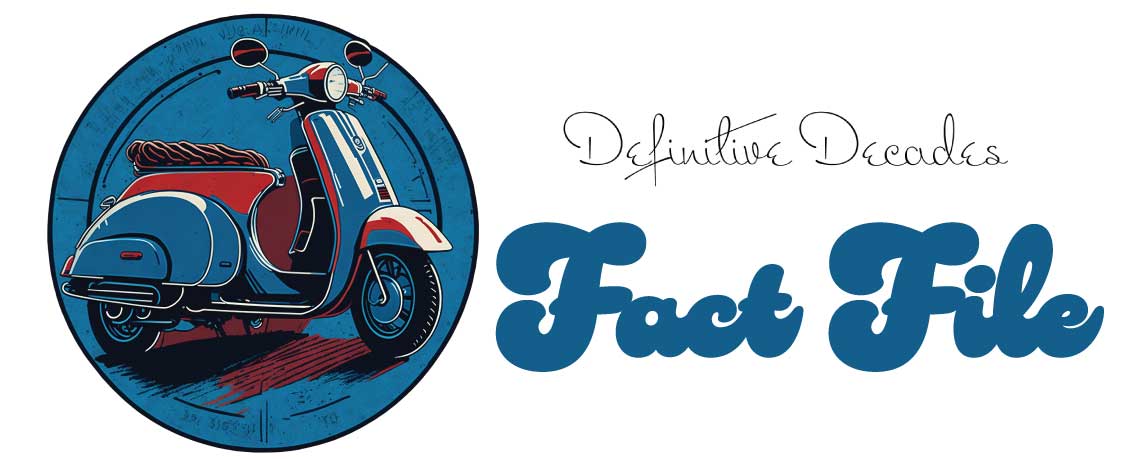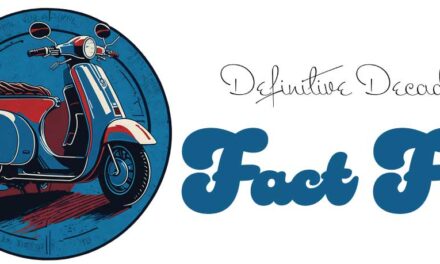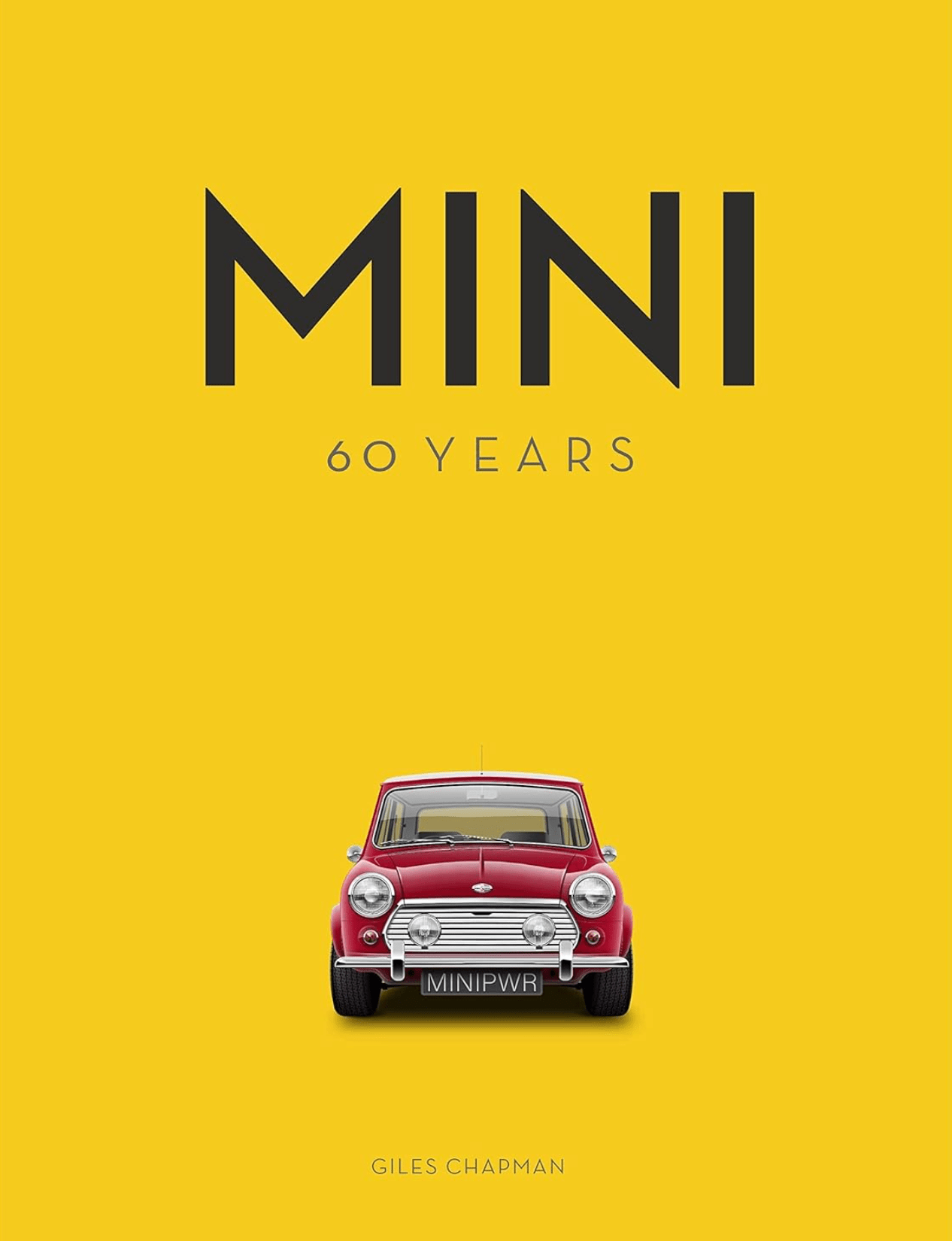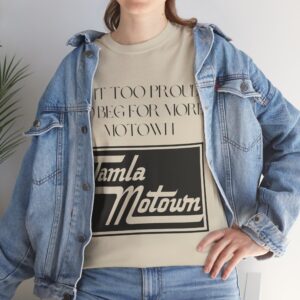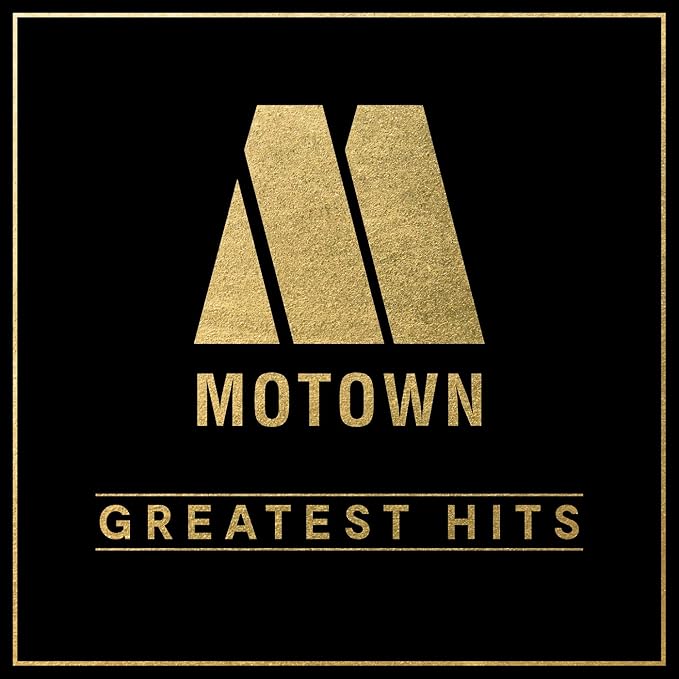The Rag Trade: A Classic British Sitcom That Stood the Test of Time
1. Introduction:
The Rag Trade is a highly popular British sitcom that first aired in 1961. It falls under the genre of comedy and was a staple of British television in the 1960s and 1970s. The show provided viewers with a humorous and lighthearted look into the lives of workers in a fictional garment factory.
2. Background:
The Rag Trade was created by Ronald Wolfe and Ronald Chesney, who were already established comedy scriptwriters. The show was produced by Dennis Main Wilson and aired on the BBC. The success of the series led to a spin-off feature film released in 1963, titled “The Rag Trade.”
3. Plot and Format:
The Rag Trade focuses on the daily lives of the workers at Fenner’s Fashions, a small clothing factory in London’s East End. The show revolves around the humorous antics and misadventures of the factory’s employees, led by the formidable shop steward, Paddy Fleming. The series highlights the struggles and triumphs of workers in a male-dominated industry while injecting plenty of humor into each episode.
The show follows a classic sitcom format, with self-contained episodes that often have a standalone story. However, there is also a continuation of certain storylines and character arcs throughout the series, adding depth to the show’s overall narrative.
4. Cast and Characters:
The Rag Trade boasts a talented ensemble cast. Miriam Karlin plays the strong-willed and no-nonsense shop steward Paddy Fleming, who constantly strives to improve working conditions and wages for her colleagues. Esma Cannon, Reg Varney, and Sheila Hancock also featured prominently in the series, portraying various factory workers and supporting characters.
The show also had a number of notable guest stars throughout its run, including Bob Monkhouse, Hattie Jacques, and Terry Scott, who all added their own comedic flair to the series.
5. Reception:
The Rag Trade received positive reception and quickly became a hit with audiences, drawing in millions of viewers every week. Critics praised the show for its witty writing, clever humor, and delightful performances. It was particularly lauded for its depiction of everyday working-class life, which resonated with viewers.
The show’s success was further recognized by award nominations, including a BAFTA nomination for Best Light Entertainment Show in 1963.
6. Legacy:
The Rag Trade left a lasting impact on popular culture, firmly establishing itself as a classic British sitcom. Its influence can be seen in subsequent comedy series, particularly those centered around workplace dynamics.
Additionally, the success of The Rag Trade led to a spin-off film, further expanding the show’s reach and popularity.
7. Conclusion:
The Rag Trade remains a cherished part of British television history. Its engaging characters, witty writing, and relatable premise endeared it to audiences of its time, and its timeless humor continues to entertain viewers today. This beloved sitcom serves as a shining example of British comedy at its best and will forever be remembered as a comedic gem that showcased the joys and struggles of working-class life.

